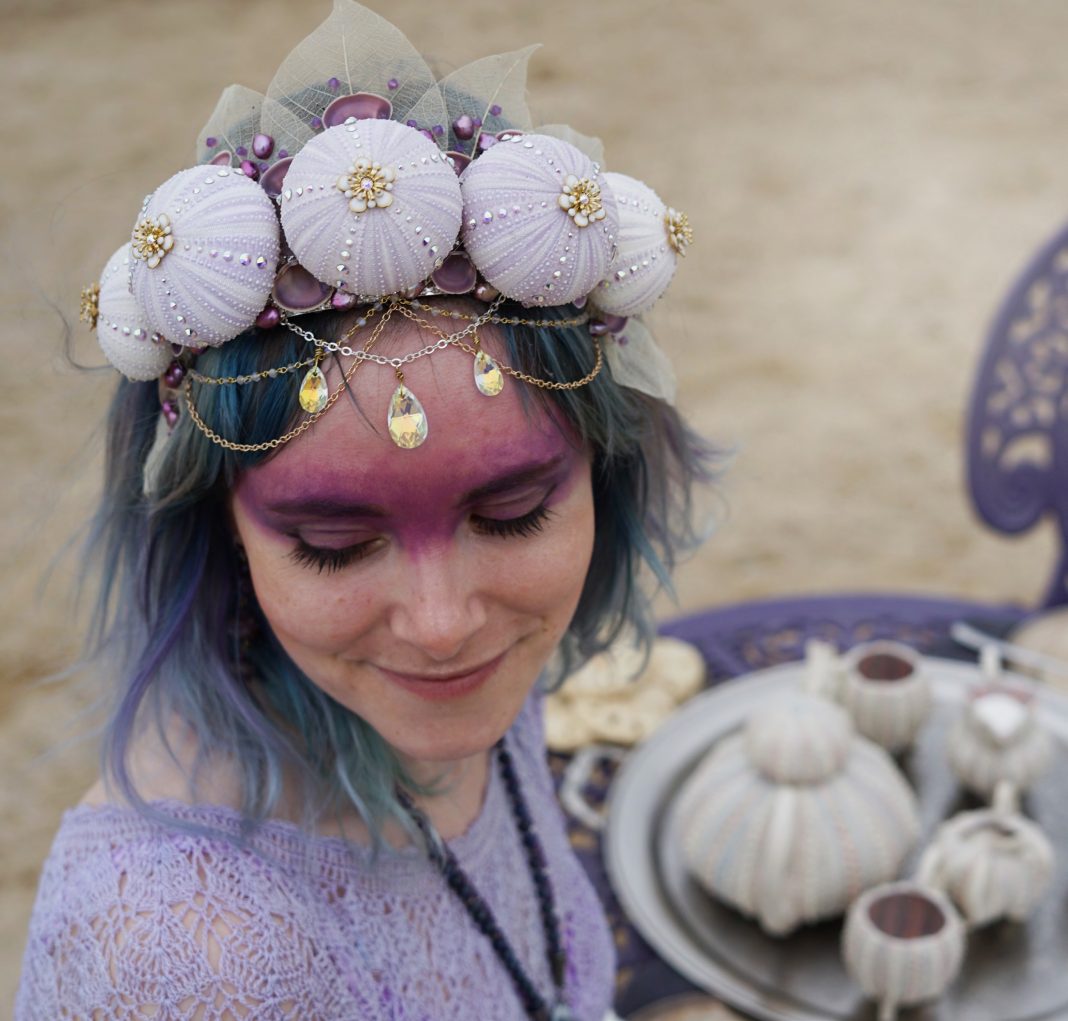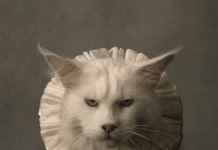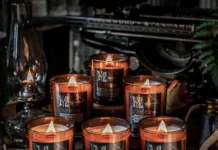Photography by CRAIG CRIST
Art Nouveau is, without a doubt, my favorite art movement. I am drawn to the curling lines, the sumptuous textures, the nature motifs … but more than that, I am inspired by the soul of it.
Born of the Arts and Crafts movement in Britain in the early 20th century, Art Nouveau emphasized the handmade and the nature-inspired. More specifically, it emphasized creating functional pieces that were as beautiful as they were useful. As one of the leaders of this movement, William Morris, said, “To give people pleasure in the things they must perforce use, that is one great office of decoration; to give people pleasure in the things they must perforce make, that is the other use of it.” In many ways, Art Nouveau was a rebellion against the Industrial Revolution, when working conditions were abhorrent and low-quality manufactured goods abounded.
The artists of this movement focused on quality over quantity at a time of intense industrial focus. In contrast to other art movements around the same time, such as Futurism, Art Nouveau represented an elegant return to nature rather than an emphasis on the sharp lines and harsh colors that a more industrialized society seemed to be celebrating.
The emphasis that was placed on functionality is particularly inspiring to me. As a glass and ceramic artist, I am constantly considering how my pieces will be used—how they feel in the hand, what kinds of foods might be appropriate to serve in them. Perhaps that’s why I am so drawn to these mediums in the first place. Decorative artworks like paintings are expressive and beautiful, but they do not hold such a sensory sway as something that can be touched and held or used to serve a multi-sensory feast. This concept is sometimes known as Gesamtkunstwerk, or “total work of art,” which emphasizes beauty and utility working together to be spiritually uplifting. As an artist, that is the combination I strive for in my own work.
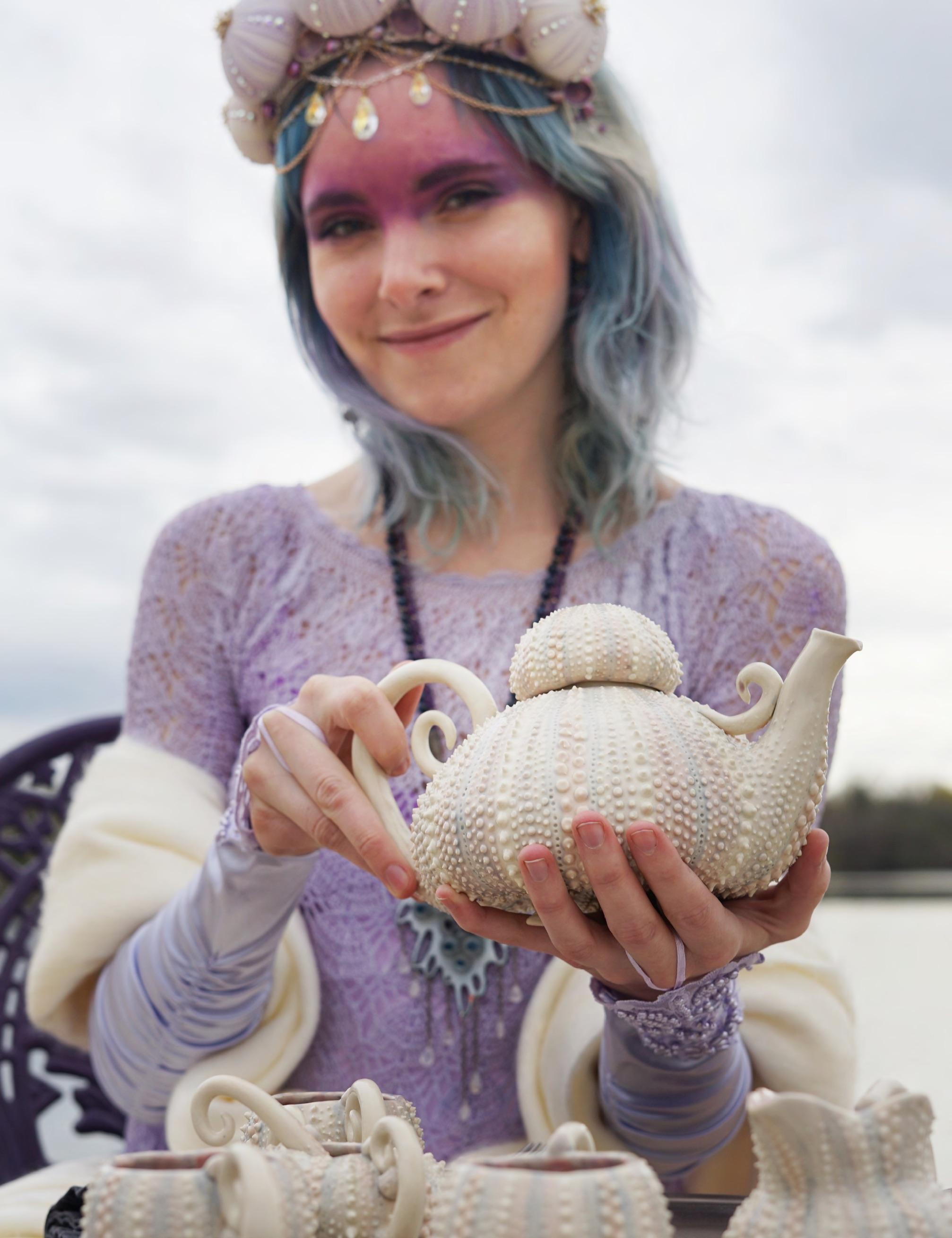
There are Victorian influences in Art Nouveau, but it’s a more simplified, elegant representation. The excess of Victorian times was pared down to its essence and presented beautifully. And while many past art movements were strongly influenced by religious icons and biblical verses, Art Nouveau sent a different message: that the most spiritual experiences were to be had in the inspiring natural world. Darwin’s Origin of Species (published in 1859) was no doubt a key component in this shift away from church and into nature as artists and craftspeople explored the conversations that this shift in understanding sparked.
There was also a strong Japanese influence in the style of Art Nouveau, as the Western world became acquainted with the profound beauty of Japanese woodblock prints. Japan’s culture is based in concepts of communion with nature, embracing seasonality, creating everything with care, and long traditions of handcrafted items, so it made sense that it helped to influence the core values that defined this particular movement. There’s also a sense of wabi-sabi in Art Nouveau, which is a Japanese concept that, loosely translated, means “perfect imperfection.” Wabi-sabi emphasizes that nature is not perfect and that its elegance and presence should be embraced rather than overruled with perfection or industrialization. Cycles of birth, life, decay, and death are prevalent in Art Nouveau, grounding it as an art movement in harmony with nature, not conflicting with it.
It’s only natural, then, that many famous pieces from this period have a sense of darkness to them. Vine-like designs were based on overgrown homes, reclaimed by nature. Shadow figures appeared in the background of paintings. Creatures of the night like black cats and bats were not just present but celebrated. Symbolism was rich and layered at a time when there was such a heightened interest in psychology, symbolism, and the supernatural. A lot of thought was placed on the unconscious mind as Sigmund Freud was writing about dream analysis and subconscious thoughts. Suddenly, darkness was recognized as enticing and beautiful, and nature’s mysteries were put on full display.
It would be difficult to make work about nature without incorporating sensuality, and Art Nouveau was no exception. Long tendrils of hair and dewy skin featured prominently in paintings from the time, while lush velvets and seductive curves adorned furniture. The women of Art Nouveau masterpieces were not the virginal goddesses or angels of the past; they had an air of rebellion, sexuality, and complexity. Wearing loose gowns or draped fabric and adorned with nature-inspired headdresses, these nature-souls were dangerously independent.
Art Nouveau represents a celebration of the functional, a focus on nature, and a down-to-earth quality that was as practical as it was magical. It tore down the hierarchies that existed in previous art movements and rebelled against the sharp coldness of contrasting art movements around the same period. Perhaps its tenacity against the engine of the Industrial Revolution was its downfall, as mass-manufactured products were much more affordable than the carefully handcrafted art objects that so defined it. But after a century of industrial advancement and focus on the artificial, we are once again looking to the seasonal, the natural, the handmade. The Slow Food movement was only the beginning; now hyper-seasonal restaurants featuring many foraged and local ingredients lead fine dining, with restaurants like Noma being considered the best in the world. I want to take that obsession with engaging with local foods even further.
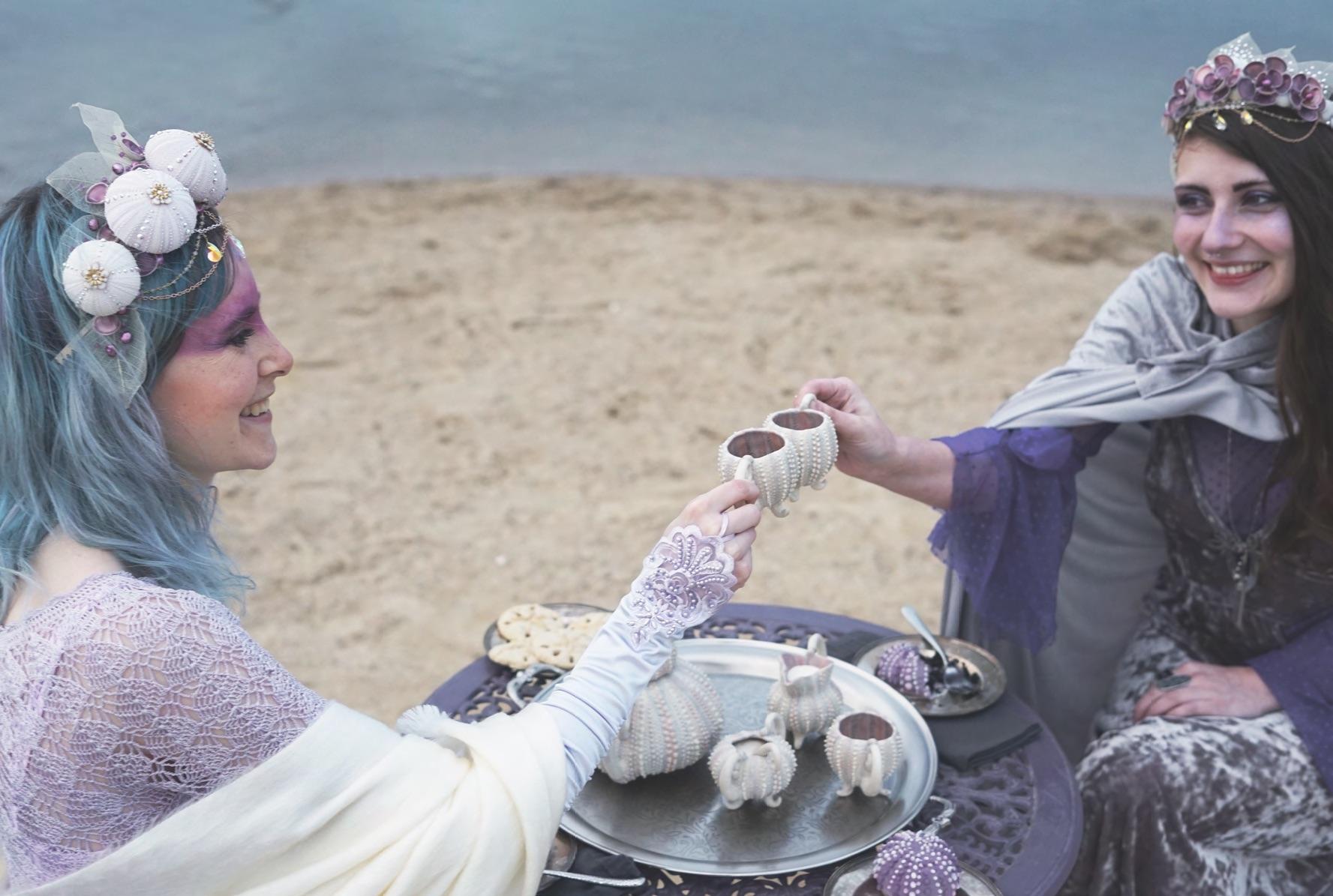
I want to create vessels that speak of the environments that inspire them, that add a complexity of story and texture to the dishes they hold. I want to bring the shadows to the foreground and be the kind of woman who defines herself in relation to the world around her, not just the antiquated expectations of society.
That’s what inspired my most recent event, Urchin Tea. It all started with the hand-crafted tea set I carefully formed out of clay, sculpted, and embellished to look like real sea urchin skeletons that sometimes wash up on the coast for me to find while foraging for seaweed and staring out over the Pacific. That led to further inspiration: a headdress of those same urchins, lavishly decorated with sparkling Swarovski crystals, moonstone beads, lavender shells, and skeleton leaves. A vintage dress, dip-dyed to the same light lavender, echoed the sea urchins. And finally, little urchin tea cakes, filled with a rich chocolate cake with the secret addition of dulse seaweed foraged off the coast. This gave the cakes added moistness and a rich, toothsome flavor.
As with the many beautiful artworks of the Art Nouveau period, my creations also carried a deeper meaning: an exploration of liminal spaces or “spaces between”—the intertidal zone that’s not quite land and not quite sea, the misty strangeness between asleep and awake, the fear and excitement of moving somewhere new, and the sparking of a conversation with a total stranger. Once I had my sea urchin tea party planned, I asked my Instagram followers to tell me about their own liminal experiences. From dozens of heartfelt and vulnerable replies, I randomly selected my guest Maria to share this experience with me. She traveled many hours to meet me at a beach at sunset, a magical time of liminality and wonder.
We shared a wonderful conversation as we sipped our tea and munched on the urchin tea cakes and savory sand dollar biscuits. Time seemed to slow down as we chatted in a bubble of ethereal liminality. Then, as magically as it began, it was over … leaving me in a content reflection of an evening that was everything I had hoped it would be, one that could have fit right in to the midst of Art Nouveau. Two independent and creative women celebrating nature’s inspiration with handcrafted artwork and thoughtfully prepared food with the flavors of our home, all wrapped up in mysticism and liminality. Another cup of that, please!
Learn more about how to support The Wondersmith’s mission of spreading wonder at patreon.com/thewondersmith. See her past events and read her blog posts at thewondersmith.com.
Join her community of followers and friends on Instagram @misswondersmith or Facebook @thewondersmith.
The Wondersmith loves sharing the experience of gathering with strangers. She’s been known to leave invitations in public places for finders to stumble upon or to call upon her community of followers to set off on a treasure hunt to earn their place at the table. Sometimes her gatherings are about play and adventure; other times the focus is on relaxation or processing grief. Always, they are filled with her handcrafted art and special treats made from foraged ingredients. Always, there is an element of ceremony and structure. And always, they are completely free to her guests, thanks to the support of her patrons.




























